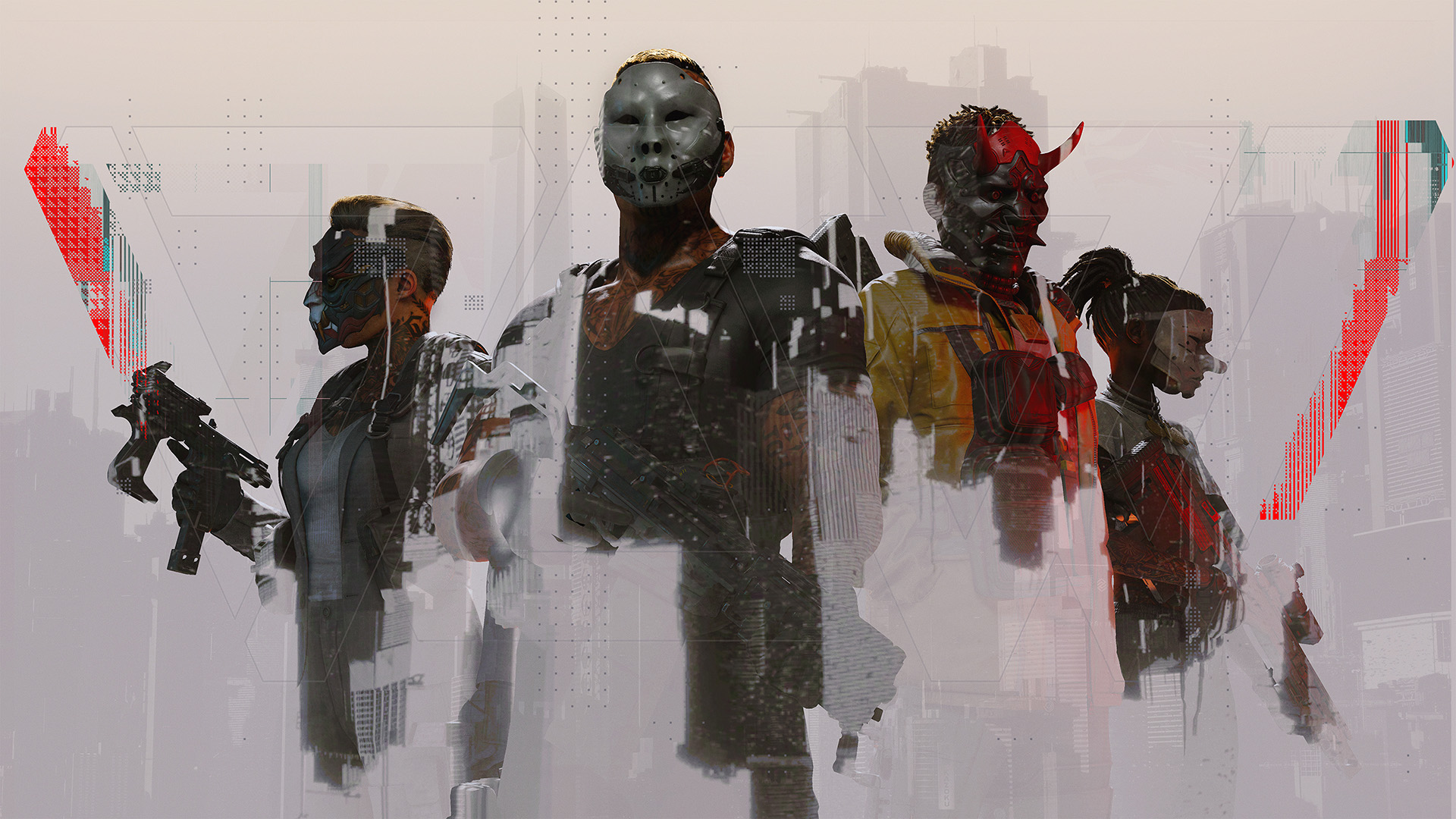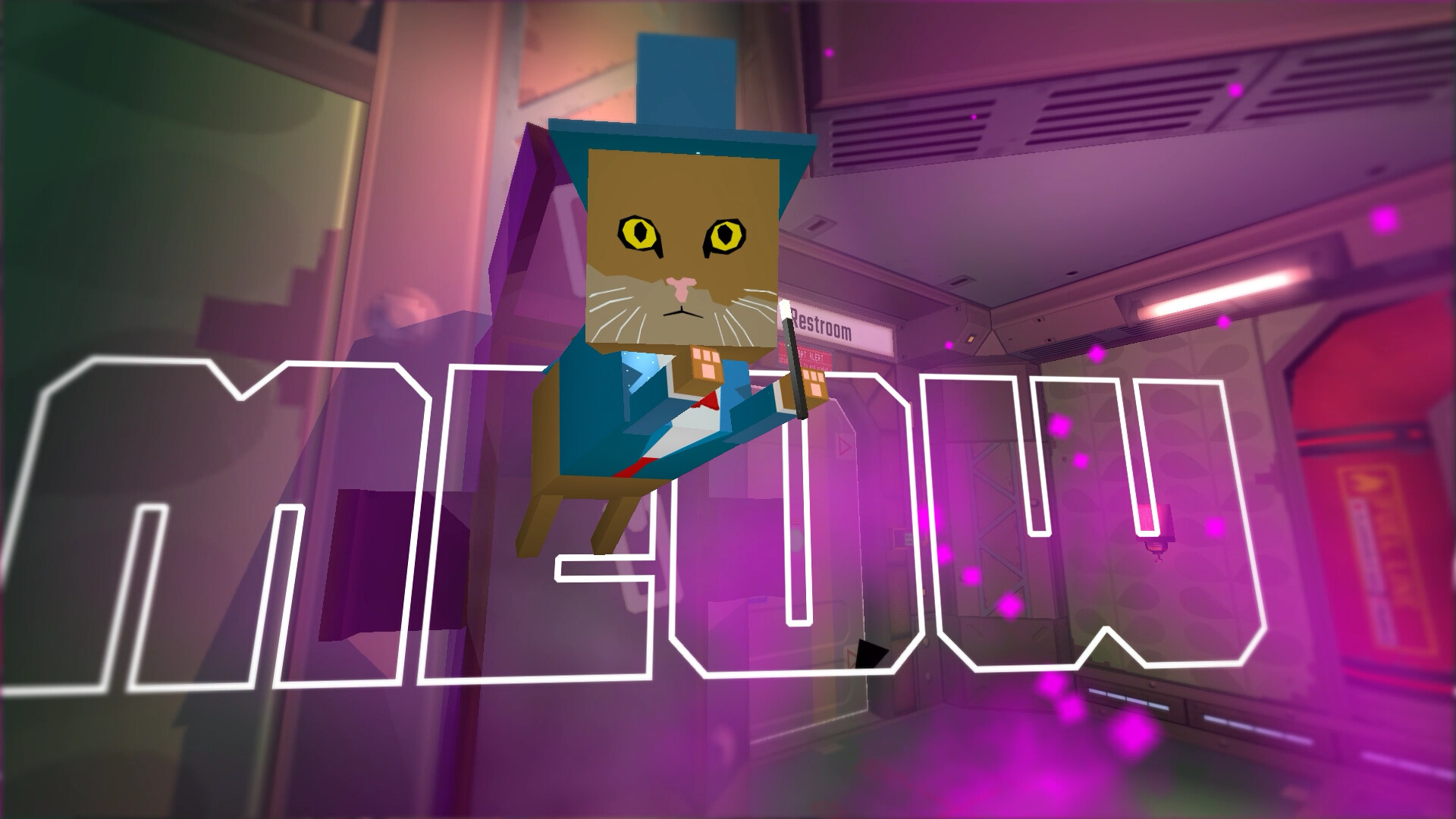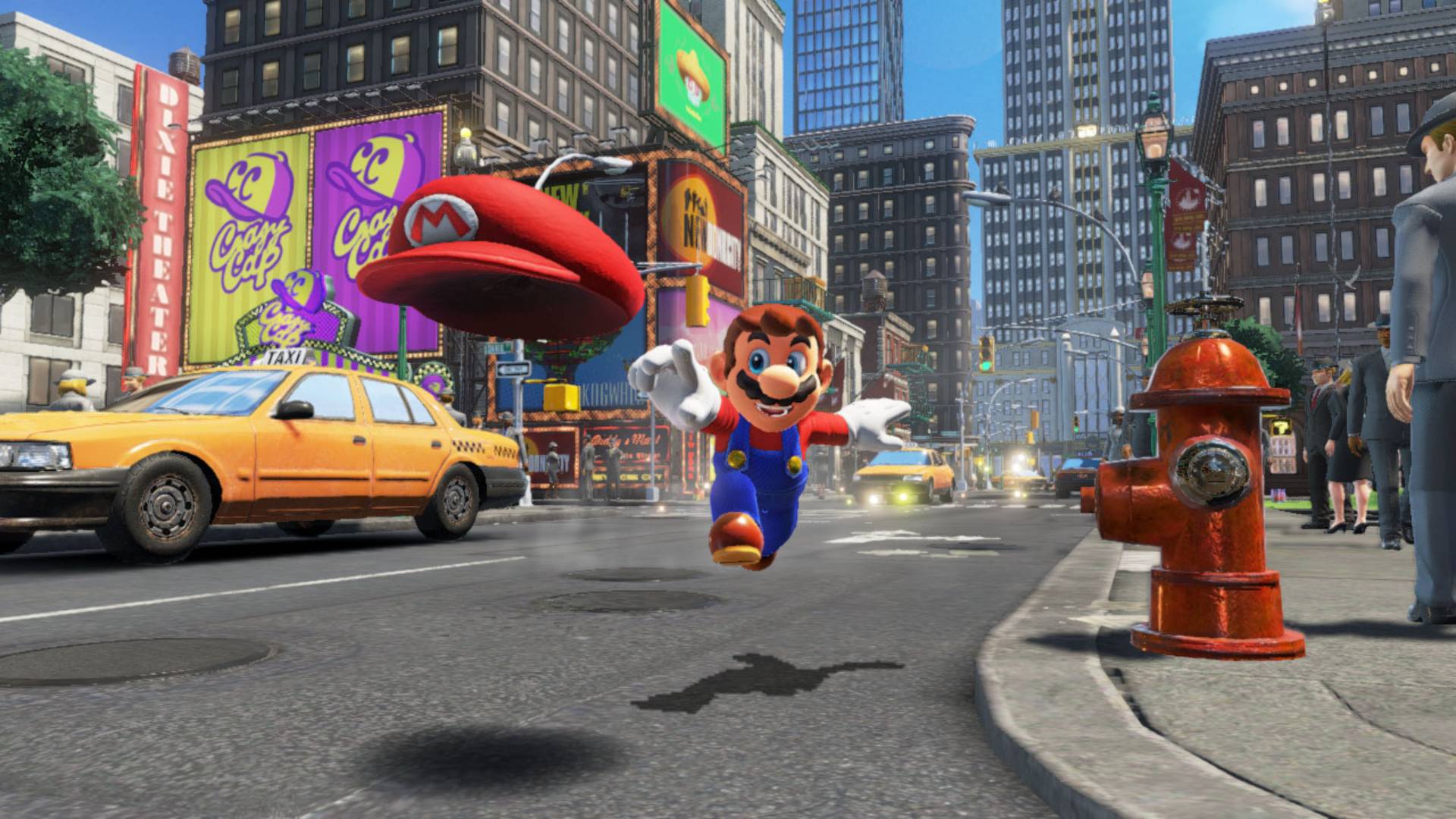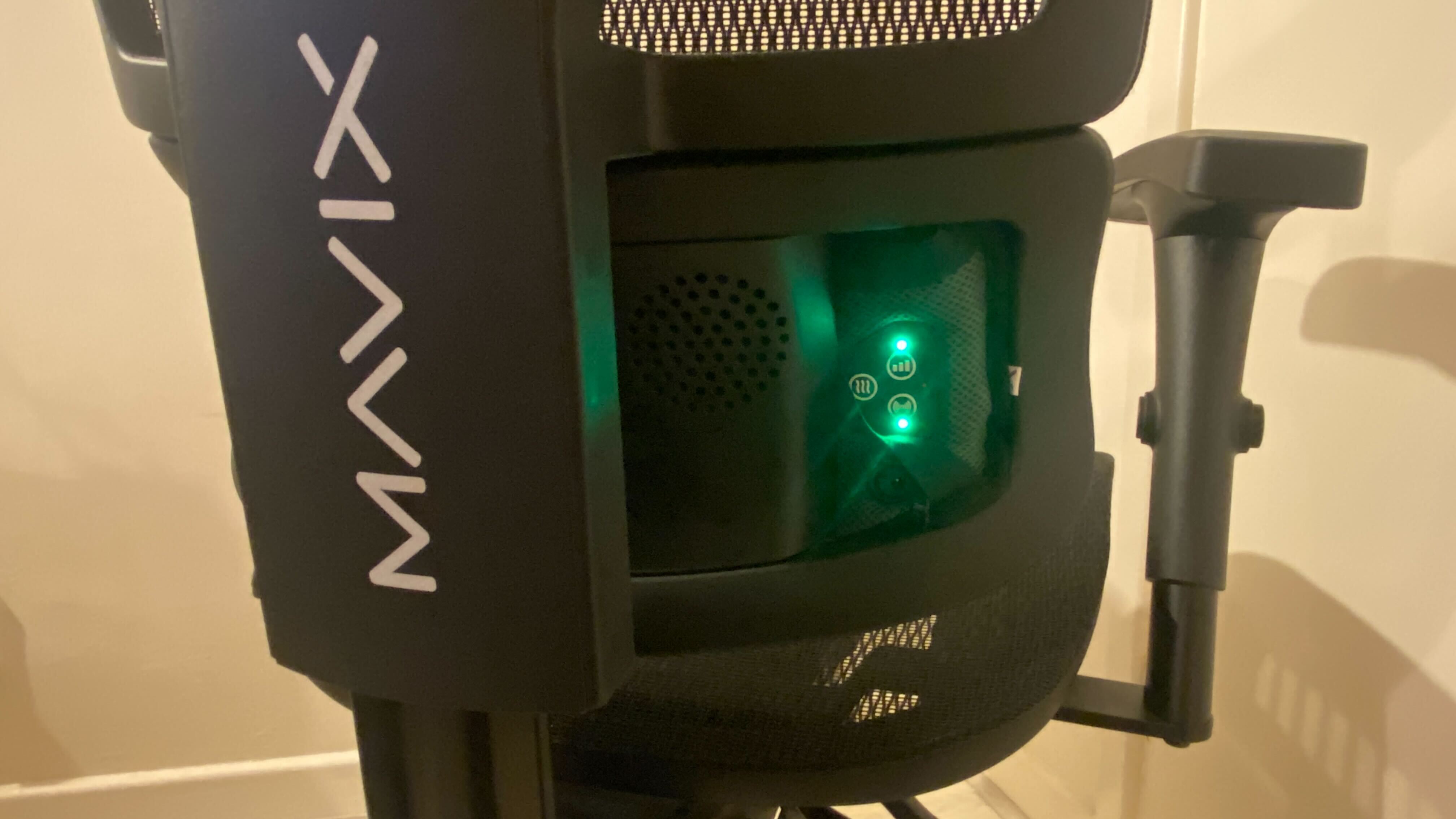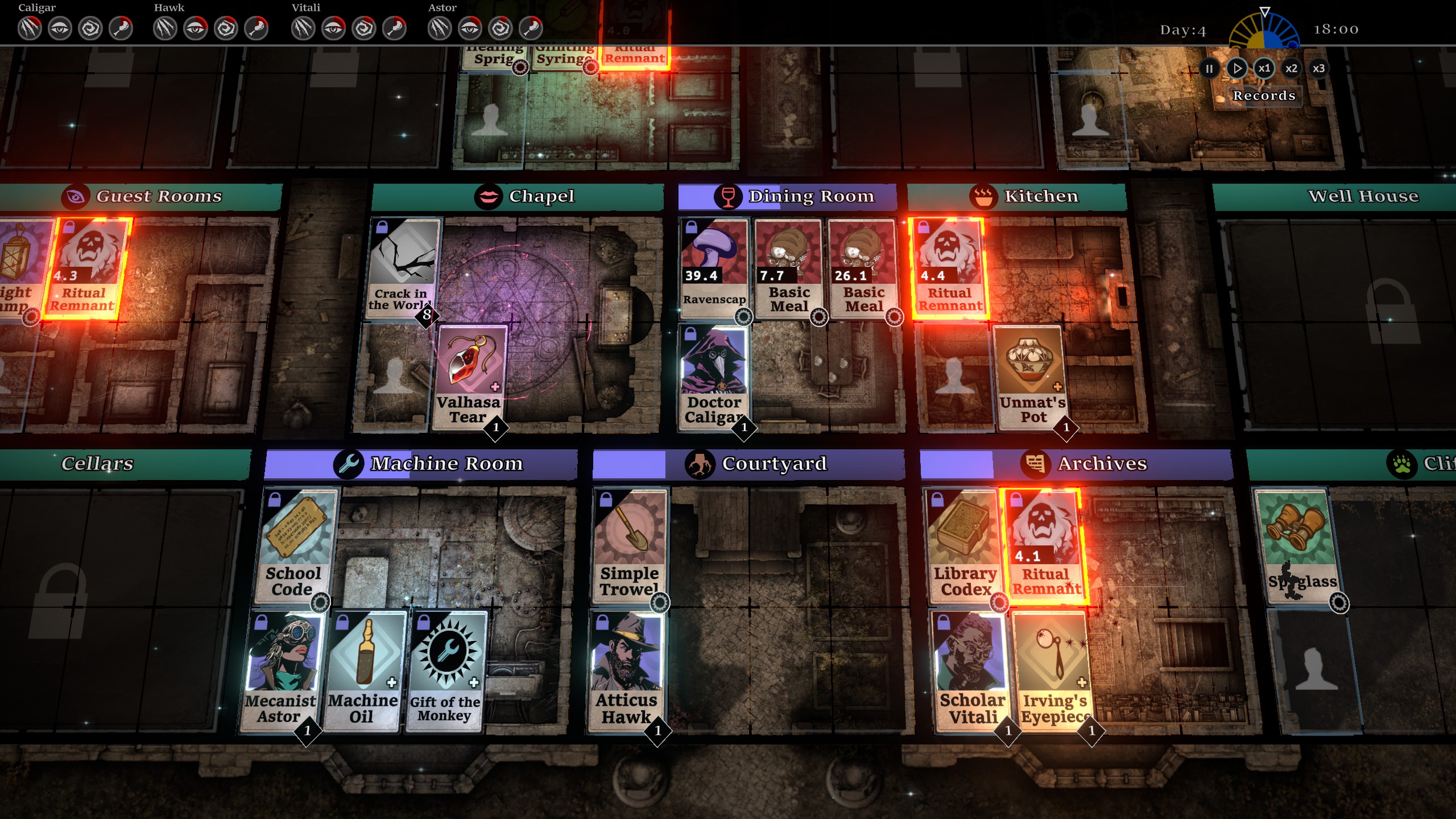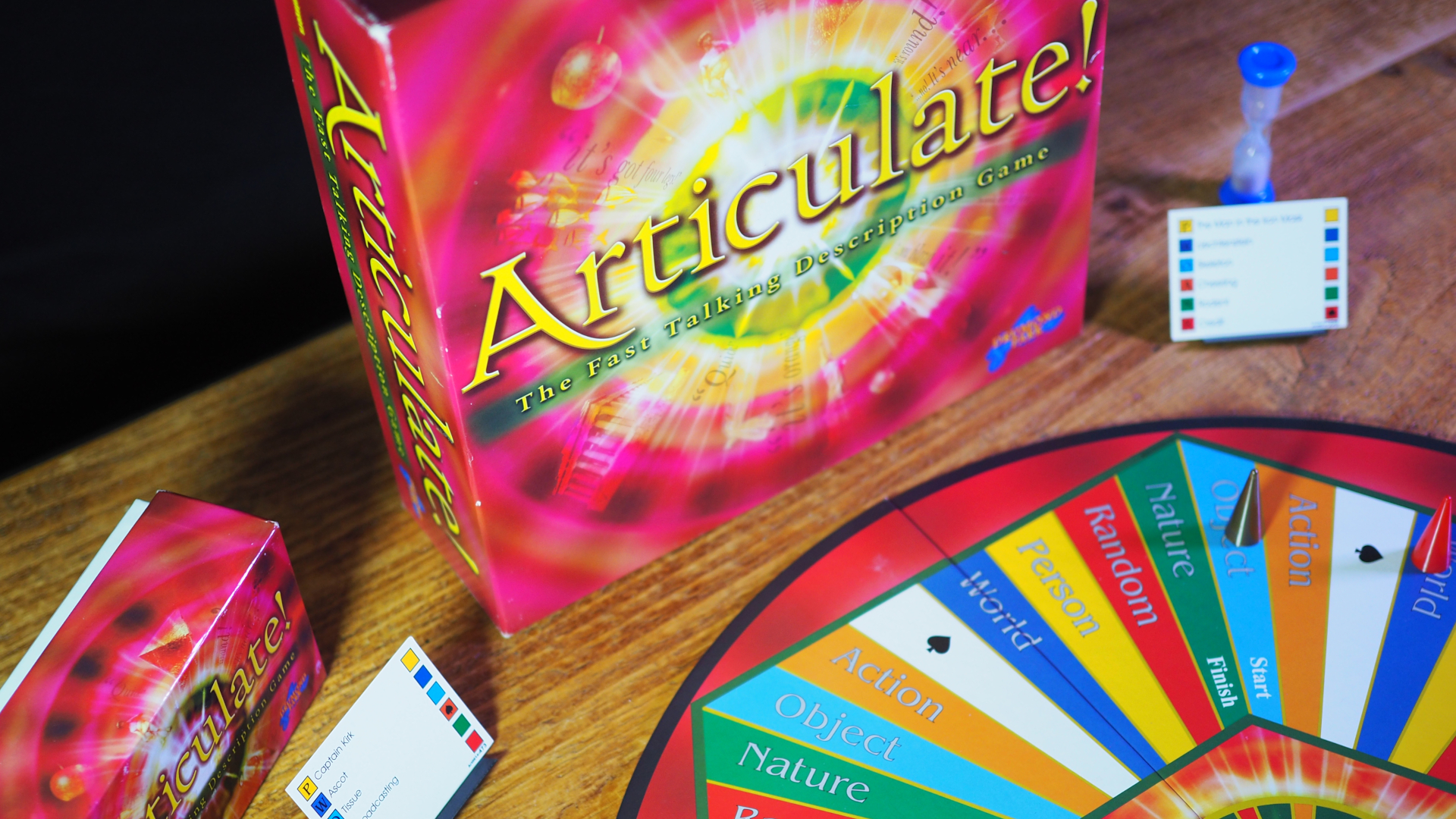When you purchase through links on our site, we may earn an affiliate commission.Heres how it works.
Off it, beyond another door swoosh is a shuttle pod, used for away-mission excursions or emergency evacuations.
On our way to the bridge, our tour guide points out bunks set into the corridor’s walls.
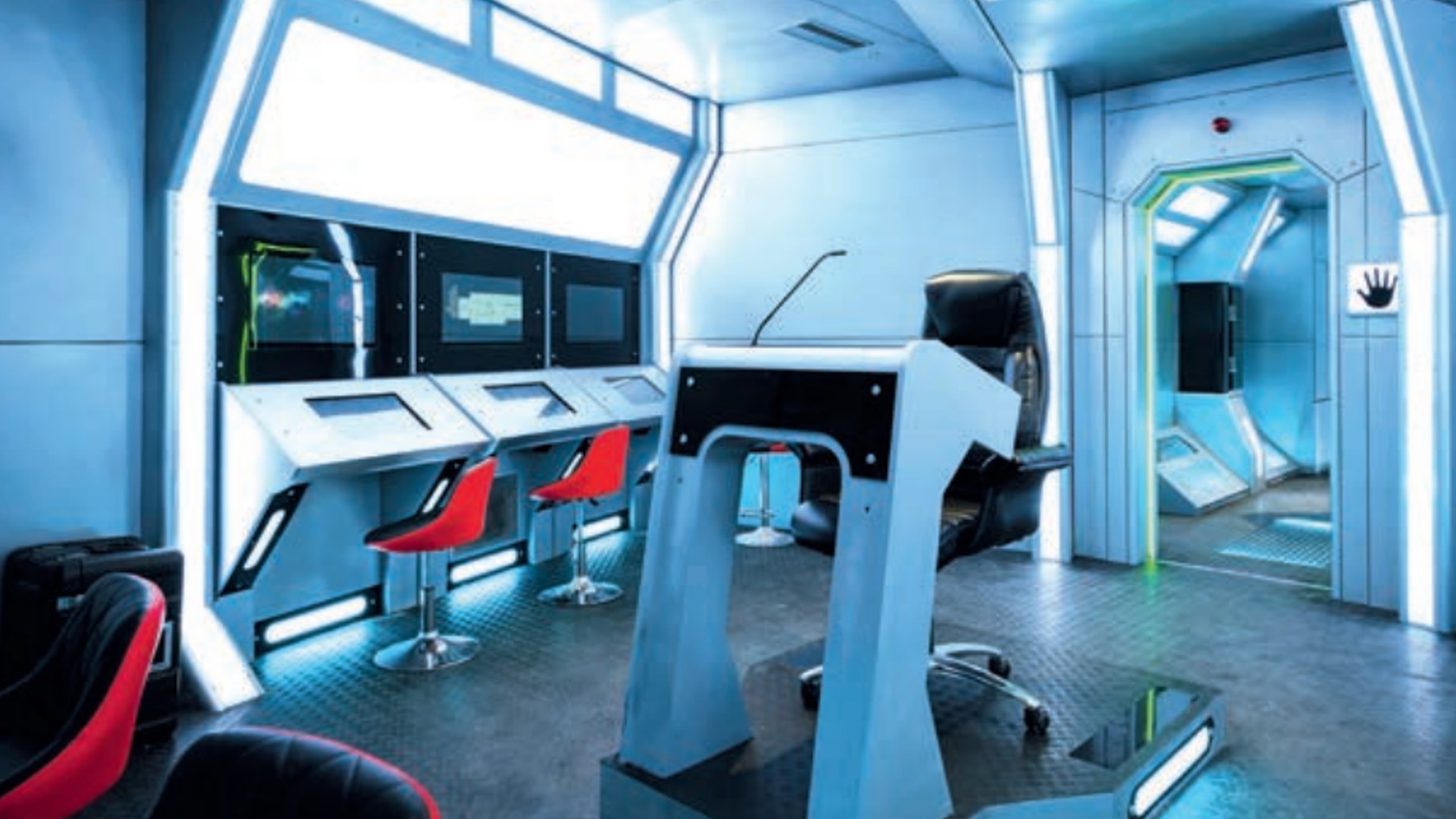
These are so that sessions can eventually run overnight, or for entire weekends, he explains.
“It’s incredible how quickly you’re able to spend three million quid.”
“Nobody’s really done this before,” Kingston says and that includes Parabolic itself.
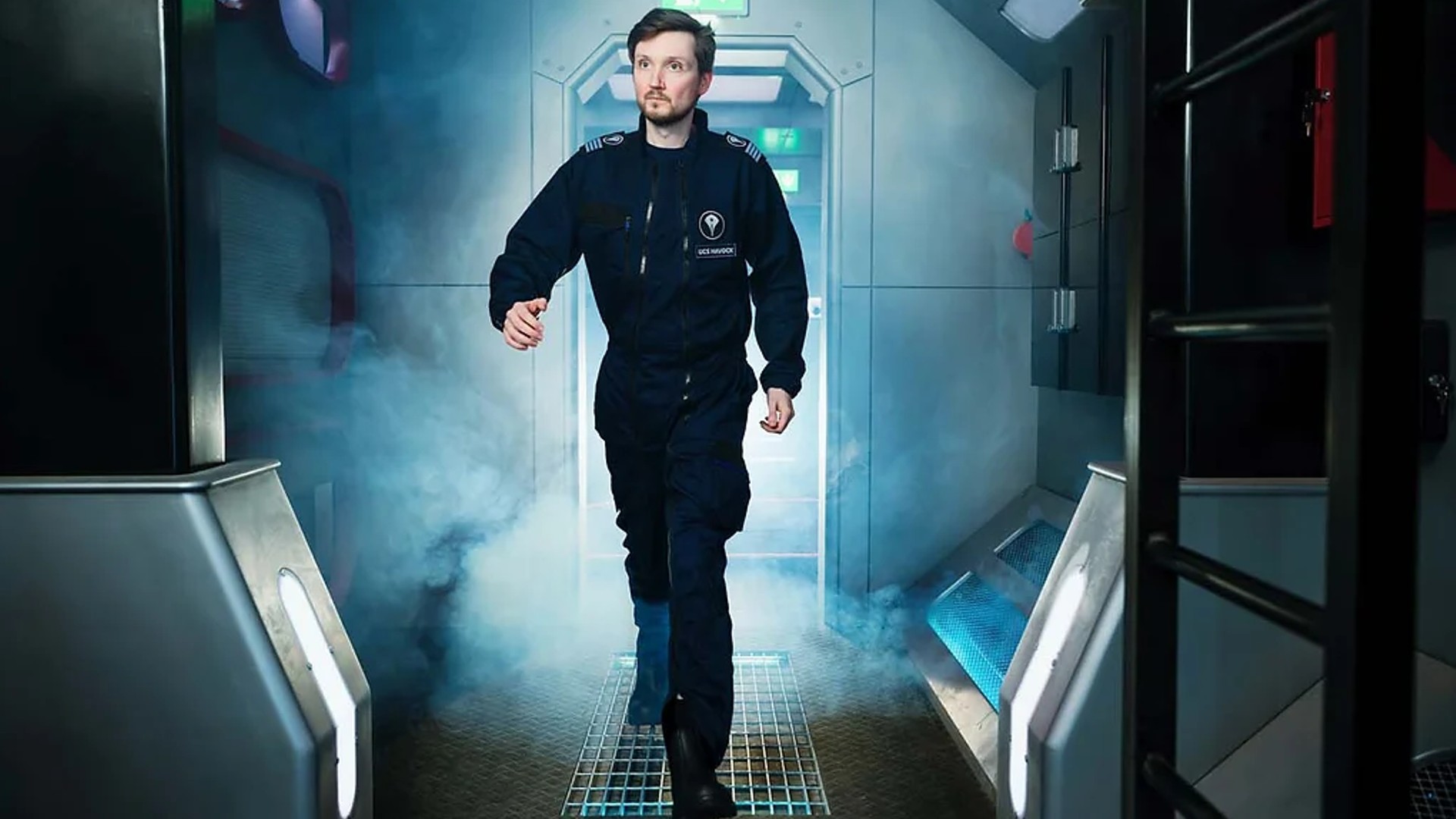
This becomes clearest as we step, finally, onto the bridge.
It displays a virtual starfield, being rendered by the same engine that powers this entire ship: EmptyEpsilon.
But perhaps that’s thematically appropriate.

This feature originally appeared in Edge Magazine.
Instead of graphical heft, Parabolic has chosen to divert power into the interfacing of software and hardware.
However, it’s also a game of communication and cooperation.

Each of these corresponds to a station on the bridge, and a set of minigames borrowed from EmptyEpsilon.
Love exploring (virtual) space and pushing the bounds of reality?
But unlike the light sockets of an escape room, these rules are there to be broken.
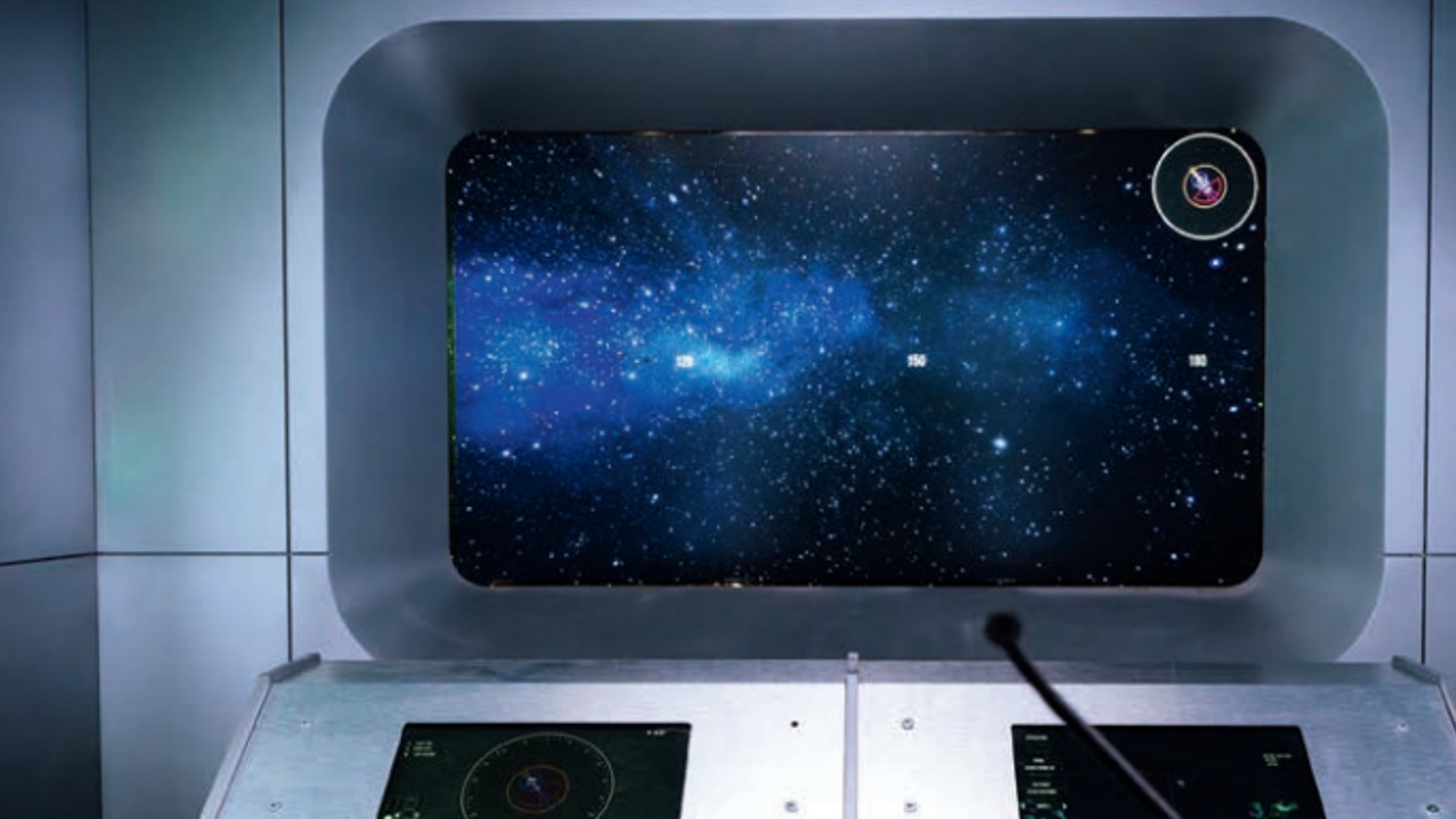
But it’s not how things have traditionally worked in live interactive environments.
Applying videogame principles in this way hasn’t been easy, it seems.
Players, it seems, won’t be the only ones improvising.
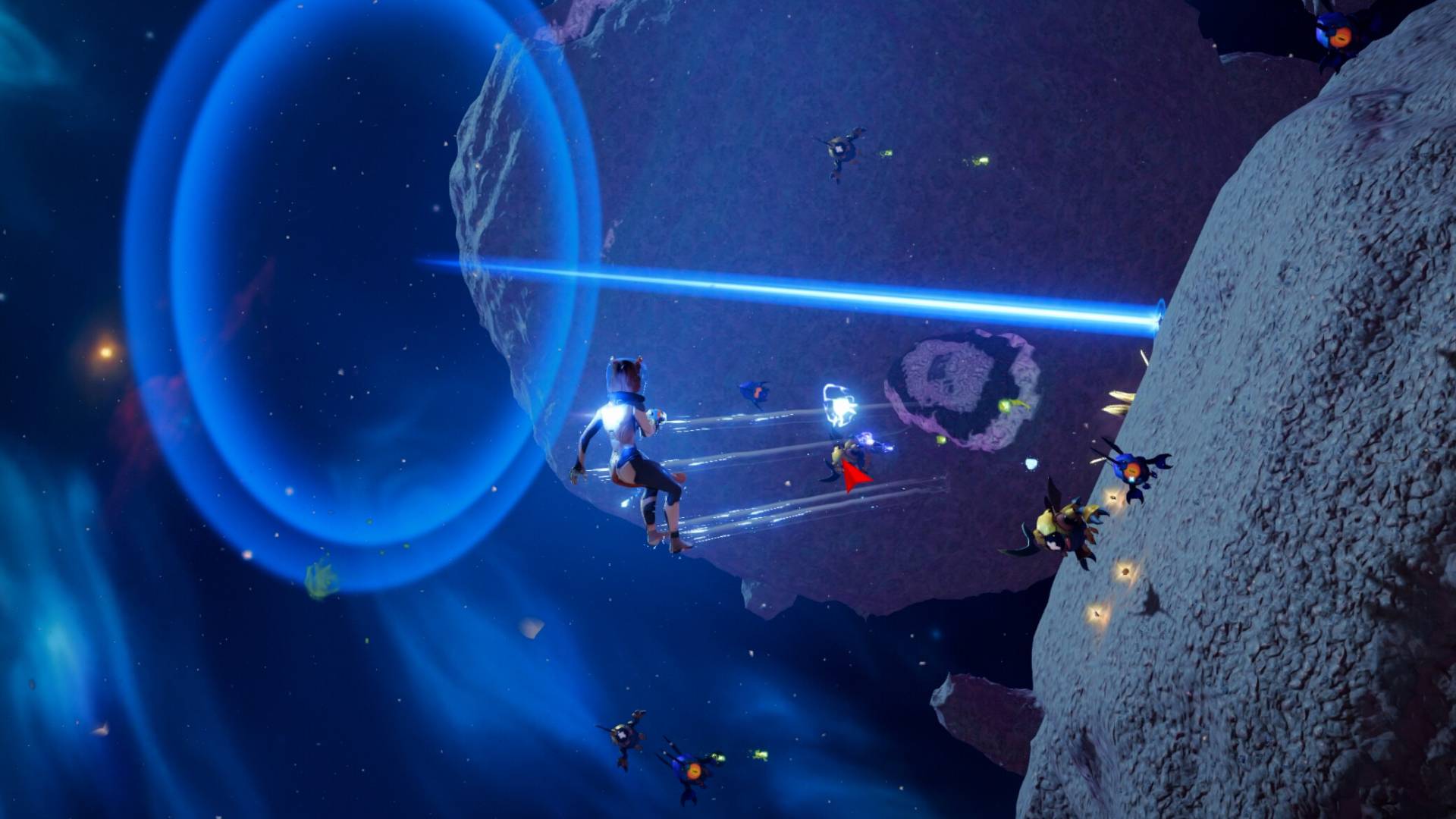
To that end, every session of Bridge Command is overseen by a gamemaster.
“The gamemaster might choose to lock the doors,” Kingston says with a mischievous smile.
“There’s various story reasons they might want to do that.”

Kingston lays out plans for larger multiplayer games.
Or, long term, go head to head we want to introduce a civil war storyline."
This feature originally appeared inEdge magazine.


